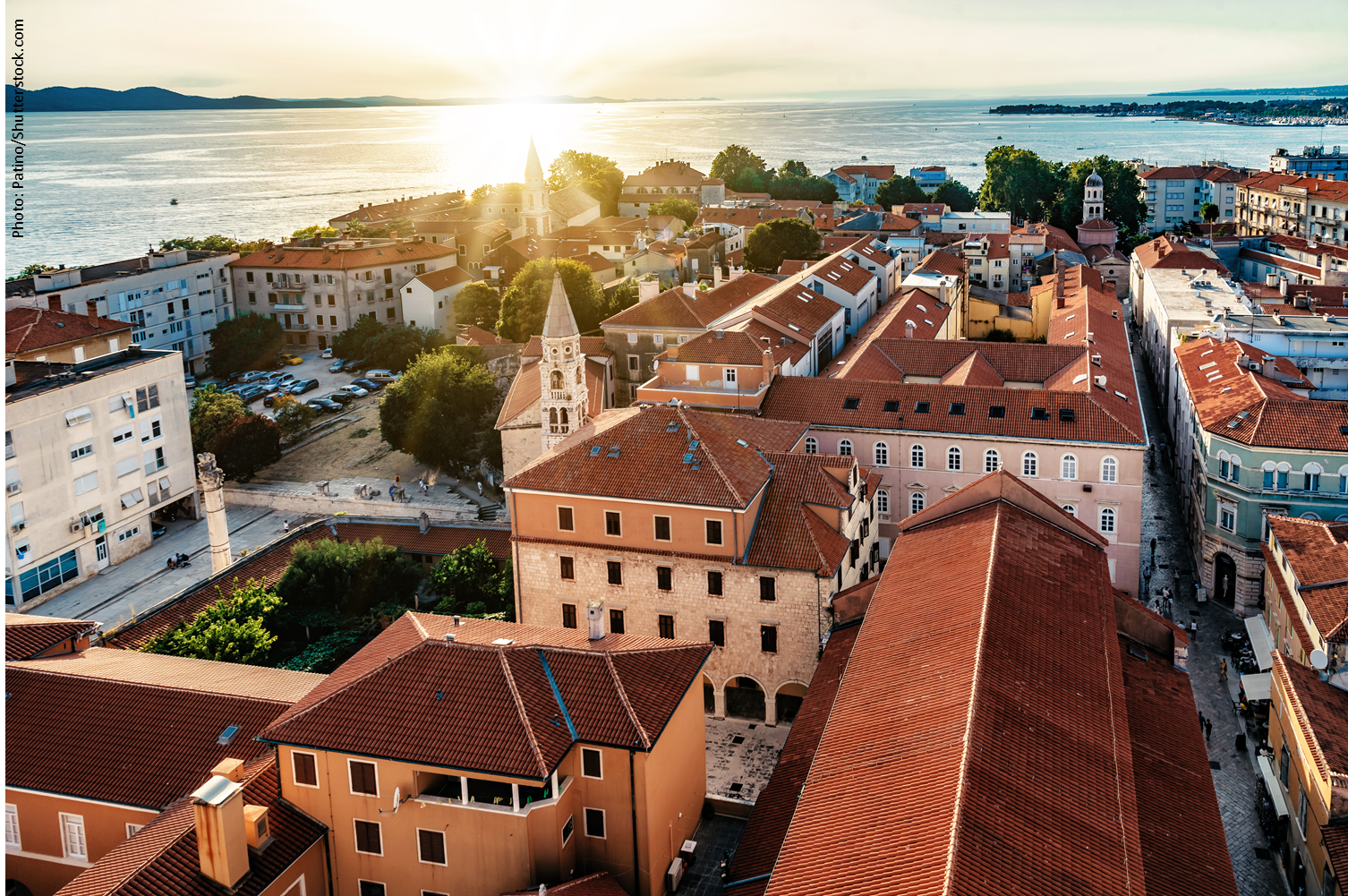Zadar is a growing coastal city in northern Croatia that hosts a large tourist population during summer, which increases water demand during the driest period of the year. During that period, the city typically experiences heatwaves, droughts and fire, which are exacerbated by climate change. Due to an increase in short, intense rain storms and in impermeable surfaces, flood risk is rising. As part of GrowGreen, the city aims to increase the permeable surfaces by replacing asphalt and concrete with hollow paving and greenery, reducing the flood risk and the heat stress.
Zadar has mapped the green spaces in the city and made the information available online. The map provides information on the trees and green spaces. It has been incorporated into a draft strategy for nature-based solutions to tackle climate change challenges in the city of Zadar. Based on an analysis of climate change vulnerabilities across the city and in its economic sectors, the draft strategy proposes a range of measures to increase nature-based solutions. Stakeholders across and beyond the municipality are engaged in developing the strategy for nature-based solutions.
| Objectives: | Expected impacts: | |
| • To map green spaces across the city as a foundation for a strategy for nature-based solutions. | • Engaged stakeholders through the process of developing the nature-based solutions strategy. | |
| • To engage stakeholders in designing a strategy for nature-based solutions that meets their needs. | • Increased understanding of citizens about nature-based solutions. | |
| • To develop an effective strategy for nature-based solutions across the city. | • A strategic basis for further development of nature-based solutions across the city. |
Key outcomes / results
• The GrowGreen Green Cadastre, a map of green spaces in Zadar, was developed in 2018 and updated throughout 2019.
• A draft strategy for nature-based solutions has been produced with input from a group of stakeholders. The strategy is based on an assessment of climate change vulnerabilities and the current green space availability. It proposes several measures to expand the use of nature-based solutions to manage those vulnerabilities.





